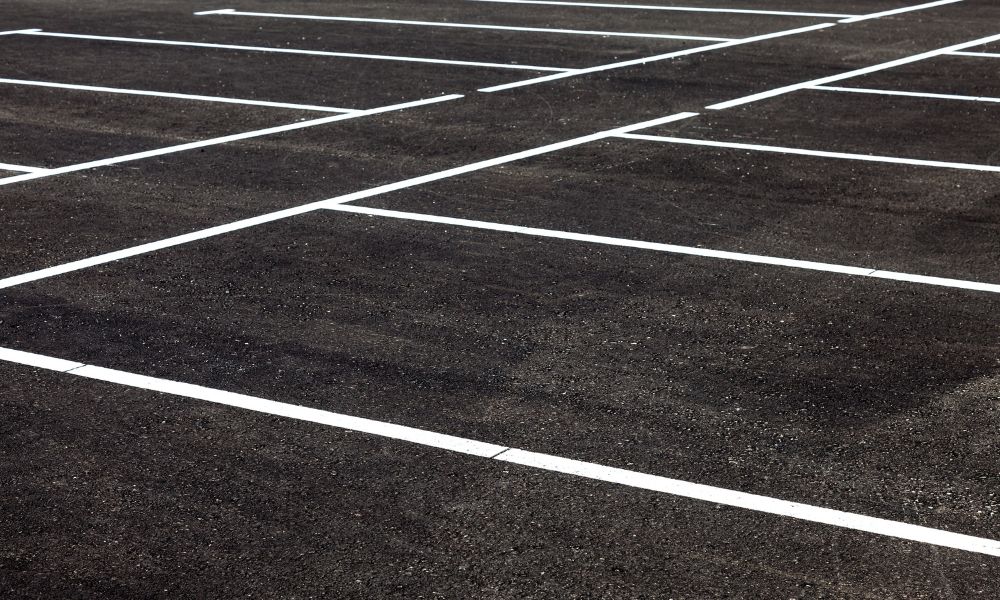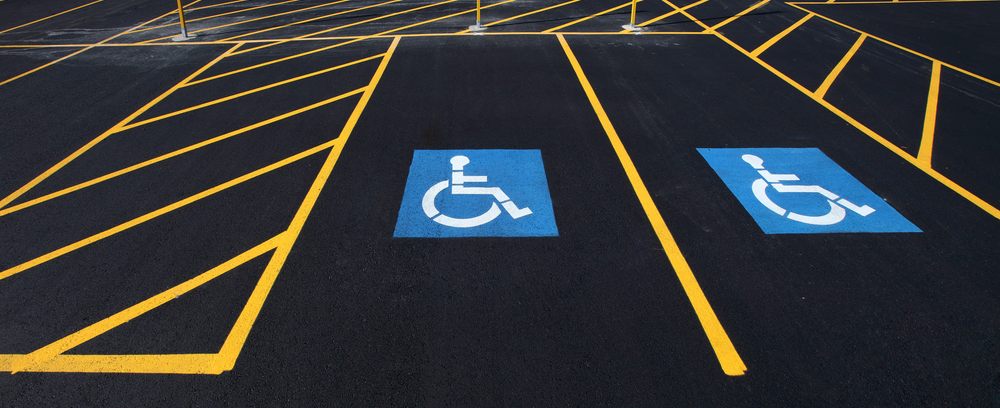A Comprehensive Overview to the Finest Practices in Roadway Painting for Public Highways
Reliable roadway painting is a crucial element in making certain public safety and security and optimal website traffic circulation on freeways. This discussion will discover the best practices in this area, consisting of the choice of suitable products and progressed application strategies. It is important to consider not just the prompt influence of roadway markings however also their long-lasting maintenance and exposure under differing ecological problems. Understanding these variables can considerably affect the performance of roadway markings, yet lots of are not aware of the nuances entailed. As we take into consideration these ideal techniques, the implications for mishap decrease and overall roadway use will end up being apparent.
Relevance of Roadway Paint
Roadway painting plays a vital function in preserving traffic safety and security and efficiency, with research studies suggesting that well-marked streets can reduce mishaps by up to 30%. The clear distinction of lanes, pedestrian crossings, and other vital markings offers to guide pedestrians and drivers, fostering a foreseeable setting when traveling. This predictability is necessary for reliable navigation and helps lessen complication, which can typically result in mishaps.
Furthermore, roadway markings are critical in conveying vital information, such as rate restrictions and directional support. They enhance visibility, particularly in damaging weather conditions or during nighttime driving. The existence of reflective products in roadway paints better enhances presence, enabling drivers to determine important markings that influence their habits on the road.

Selecting the Right Materials
Choosing appropriate products for road paint is vital to achieving long lasting and effective markings. The selection of materials straight influences the exposure, longevity, and security of roadway markings. Typical alternatives include water-based paints, solvent-based paints, and polycarbonate products, each with distinct residential or commercial properties and applications.
Water-based paints are eco-friendly, quick-drying, and appropriate for the majority of climate condition, making them perfect for city settings. Nevertheless, they might require more regular upkeep due to use and tear. Solvent-based paints, while offering outstanding adhesion and resilience, can present ecological and health problems as a result of unstable natural substances (VOCs)
Thermoplastic materials are progressively preferred due to their resilience and lasting efficiency. These products are warmed prior to application, permitting a solid bond with the sidewalk. Their reflective properties enhance visibility, particularly during the night.
When selecting products, aspects such as website traffic quantity, environment problems, and the certain kind of roadway must be taken into consideration. Performing thorough study and consulting with manufacturers can help ensure that the selected products fulfill neighborhood guidelines and criteria, eventually contributing to much safer streets and improved driver awareness.
Reliable Application Strategies
Efficient application methods play an important function in ensuring that roadway markings attain ideal performance and longevity. The method of application considerably affects the attachment, exposure, and resilience of the markings. High-pressure airless spraying is usually favored for its effectiveness and ability to generate smooth, even lines. This technique decreases overspray and makes sure that the paint is applied evenly, which is necessary for preserving roadway security.
Prior to application, it is important to prepare the surface area sufficiently. This consists of cleaning up the roadway of oil, dampness, and debris to boost attachment. Additionally, temperature and moisture should be taken into consideration throughout the application process to accomplish the very best outcomes.
Using the appropriate devices is also essential. Line stripers furnished with adjustable widths permit for precise markings that adapt governing requirements. In addition, it is important try this to calibrate the equipment regularly to ensure uniformity in paint density.
Timing and Environmental Elements
Appropriate timing and factor to consider of environmental Look At This variables are essential for the effective application of road markings. The effectiveness of roadway paint greatly relies on humidity, wind, and temperature level conditions at the time of application. Ideally, temperature levels must be between 50 ° F and 85 ° F(10 ° C to 29 ° C) for ideal bond and healing. When temperatures are also low, paint may not treat appropriately, causing early wear and decreased visibility.
Humidity degrees also play a crucial function; high humidity can impede drying times, while exceedingly dry problems may trigger fast dissipation of solvents, influencing the paint's efficiency. Wind can introduce contaminants and particles, potentially endangering the quality of the markings. As a result, it is suggested to pick calm days for application.

In addition, taking into consideration seasonal variants is important. Road painting during damp periods may lead to washouts, while severe warm can cause paint to sore. Arranging painting tasks during beneficial climate condition can dramatically improve the longevity and performance of road markings. By carefully reviewing these aspects, agencies can make certain that road markings are used effectively and keep their exposure and resilience with time.
Upkeep and Longevity Techniques

One effective technique is to apply a systematic repainting program based upon traffic quantity and environmental aspects - Parking lot line striping. Higher web traffic areas might need more regular upkeep to counteract the abrasive results of cars and climate conditions. Furthermore, the usage of resilient products, such as polycarbonate and epoxy paints, can significantly prolong the life-span of road markings
Cleaning up roadway surface areas to get rid of debris and pollutants is an additional essential aspect of maintenance. This makes sure optimum adhesion of new paint and improves the total performance of the markings. Additionally, utilizing sophisticated modern technologies, such as computerized radar, can improve the tracking procedure and enhance upkeep timetables.
Integrating these techniques will not only improve the visibility and safety of road markings but also reduce long-term costs associated with constant repainting and fixings. (Line painting company)
Final Thought
View Line painting Abbotsford in a full screen map
The choice of appropriate products, combined with reliable application methods and factor to consider of environmental factors, adds to the resilience and presence of road markings. Normal maintenance and assessments even more expand the lifespan of these markings, eventually reducing mishaps and boosting general roadway usability.
The existence of reflective products in road paints additionally improves exposure, permitting drivers to determine essential markings that influence their habits on the roadway.
Selecting suitable products for roadway painting is vital to attaining reliable and durable markings.While the initial application of road markings is critical, ongoing maintenance techniques are similarly vital to ensure their longevity and exposure. Furthermore, the usage of sturdy products, such as thermoplastic and epoxy paints, can considerably prolong the life expectancy of roadway markings.
The option of ideal products, incorporated with effective application techniques and consideration of environmental elements, contributes to the sturdiness and go to website exposure of road markings.